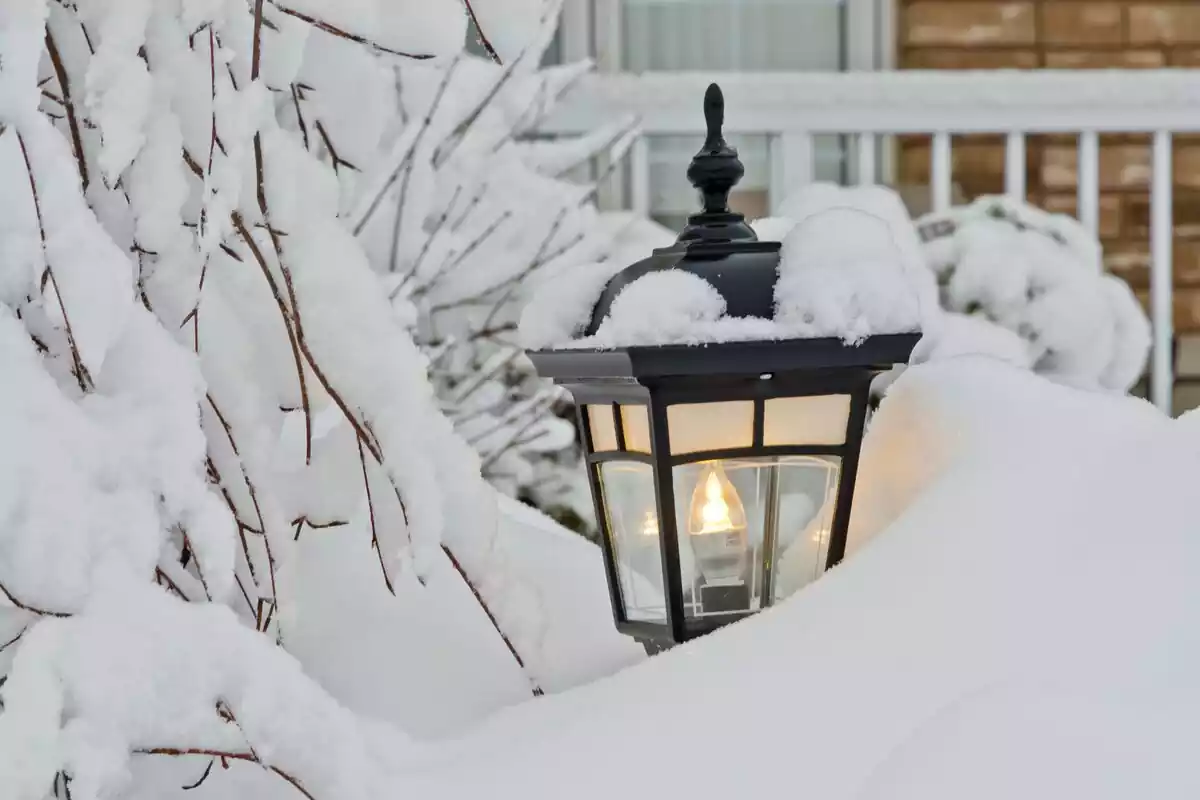
As others prepare for the holiday season, witches also begin the preparation for their own holiday, the Yule Sabbath. Yule is the Winter Solstice, the shortest day of the year. The Solstice falls between December 20-23. On this day, the sun is reborn. The Goddess gives birth to the infant Sun, and his light begins to overtake the dark. From this day onward the days lengthen and the nights shorten.
This is always my favorite time of the year. It seems that the energies of peace, love and giving are truly alive and flowing through us. The strong energies of rebirth bring hope and joy that even in the darkest of seasons and times reminds us life is renewing itself. As sabbaths are solar/fire festivals, Yule is no different.
Decorating a Yule log
The tradition of the Yule log burning merrily in the fireplace is simply the bringing of the Sabbath fire indoors to escape the outside cold. It was traditional to scatter the ashes of the Yule log over the fields, or of keeping its charred remains to bind in the last sheaf of the following harvest. Many people these days don't have a fireplace, or a garden to harvest. If you still wish to celebrate, it's easy! Find a log of ample length.
Keep to a traditional sized piece that would fit in a fireplace grate. Boar three holes at the top, big enough to place taper candles in. Good candle choices would be red for the color of birth and the Goddess, gold or yellow for the light of the sun and the God, and white for the purity of the newborn and for the season of snow and ice.
Place the white candle in the middle, red to left and gold to right. You can place a bit of glue in the holes to hold them tight. Decorate the log with seasonal greenery (watch it when the candles are lit), and place it in the middle of your altar.

Every year, my coven would hold our ritual in the room that had a tree lit up. We would place our gifts for each other underneath and open them during the Simple Feast ceremony. This was a wonderful way to end the ritual. At times, we would have a feast earlier in the day to make it an all day affair.
Christmas has Pagan origins
Christmas is, simply put, a masked over pagan holiday. The birth of Christ was actually in the spring. It wasn't until 273 AD that the Church took the step to bring it in alignment with the other Sun Gods, who were all born at Winter Solstice.
St. Augustine acknowledged the festival's solar meaning when he urged Christians to celebrate it for "him who made the Sun, rather than the Sun itself". Other aspects of the modern holiday are also of ancient pagan origin.
The classic Madonna and Child are echoes of the Goddess and her infant Child, the reborn sun. Mary is often seen as a wonderful Goddess aspect. She was not deified by the Church though until the Council of Ephesus in 431 AD "amid great popular rejoicing, due, doubtless, to the hold of which the cult of the virgin Artemis still had on the city".
The Christmas tree is also pagan in origin. The fire was sacred to Artemis, and the Ancient Celts. The first known record of a tree being decorated was in the city of Riga in Latvia in the year 1510. A group of people belonging to a merchant's guild carried an evergreen bedecked with artificial flowers to the marketplace, danced around it, then set fire to it. This seems to be a combination of the Christmas tree as we know it and the Yule log.

Santa Claus is also pagan. There is even a book out now called 'When Santa was a Shaman'. Many attribute him to St. Nicholas, who was a bishop in Asia Minor. But he is never depicted in the clothing of a bishop, but that of a cape or great coat. The name 'Old Nick' is also a name for Woton, the Anglo-Saxon god similar to the Celts Holy King. Many cultures have their own myth of Santa, most often following the same themes.
Time to give to others
Our Yuletide traditions have come to us from all over the world and many spiritual paths. In this time of commercial holidays, we often forget this is the season of birth, no matter what guise it comes in. Share in the wonderful feelings of the season by giving of yourself to others in need.
Volunteer your time to a local soup kitchen, or sponsor a child on an Angel Tree. Most importantly, gather your family and friends, light the Yule log and welcome the newborn Sun with joy, peace and hope! May your holiday be full of blessings!

